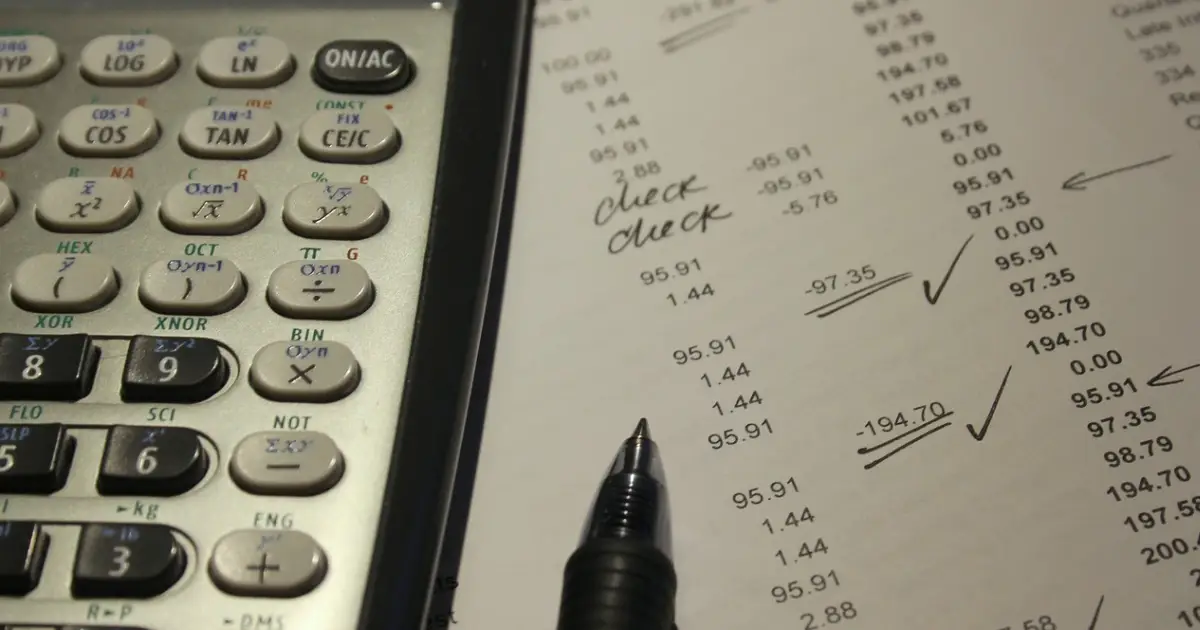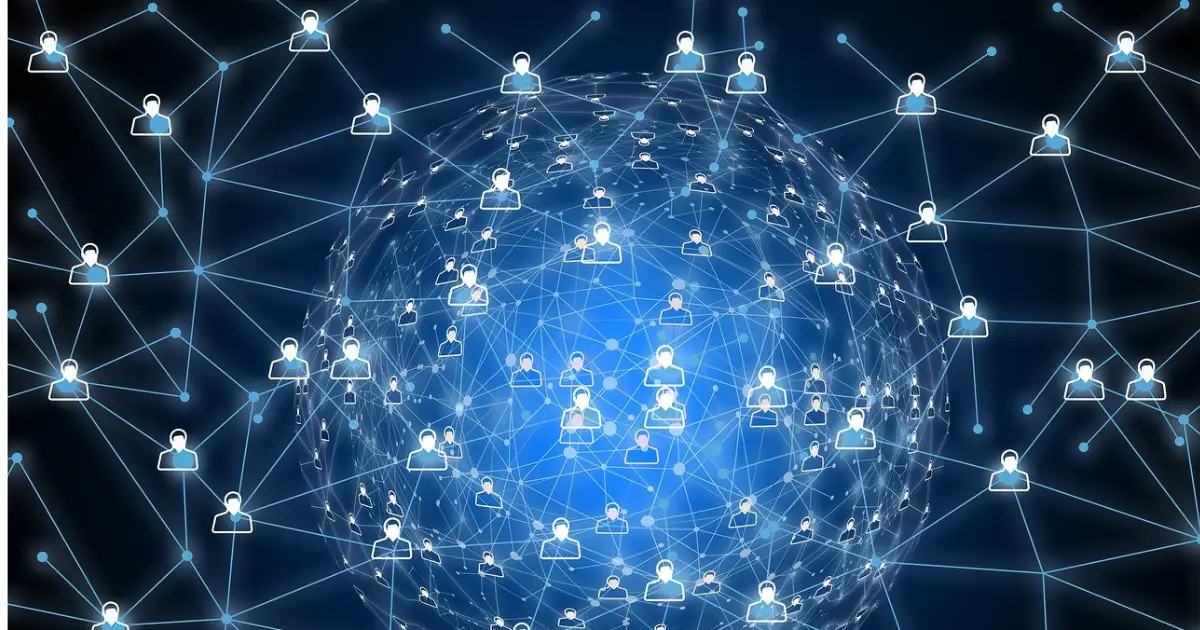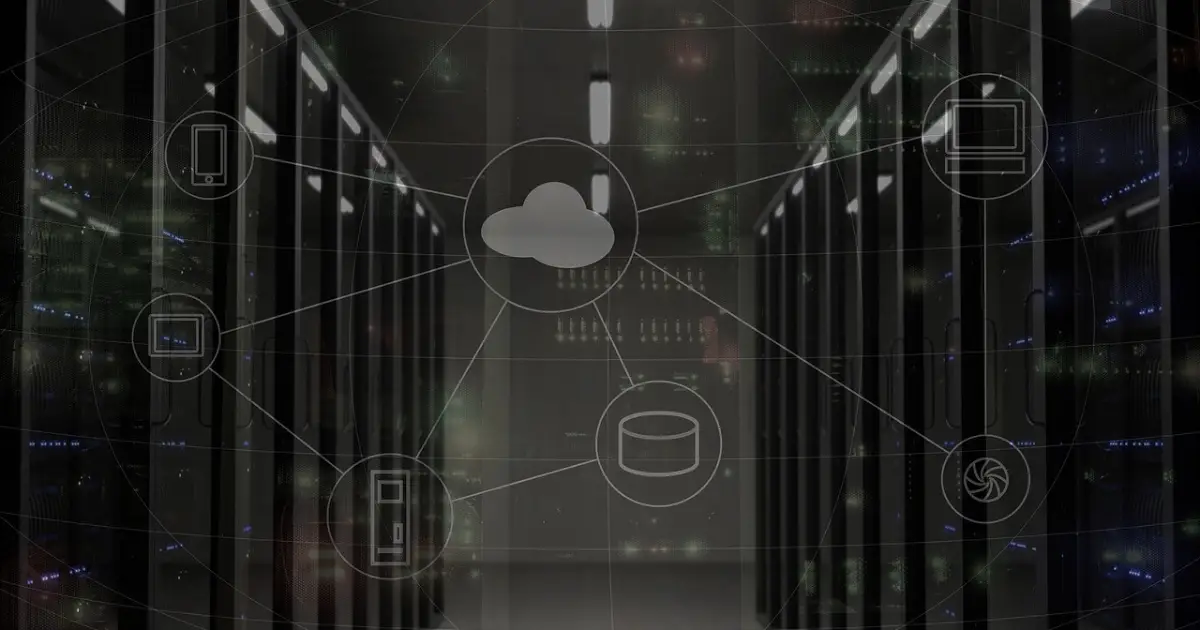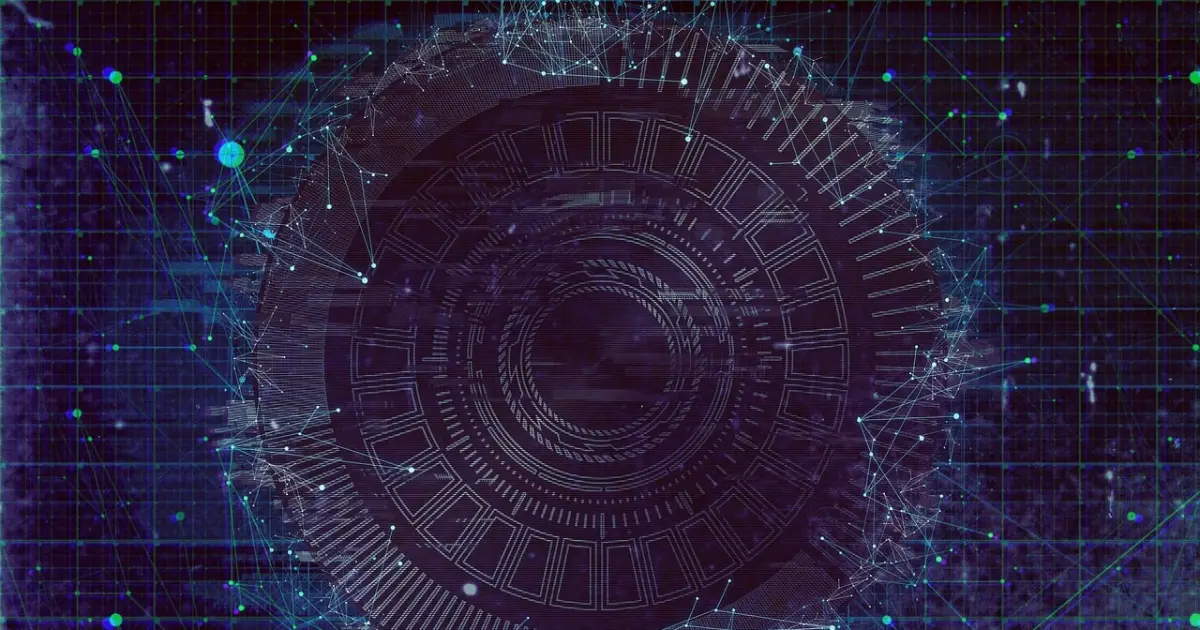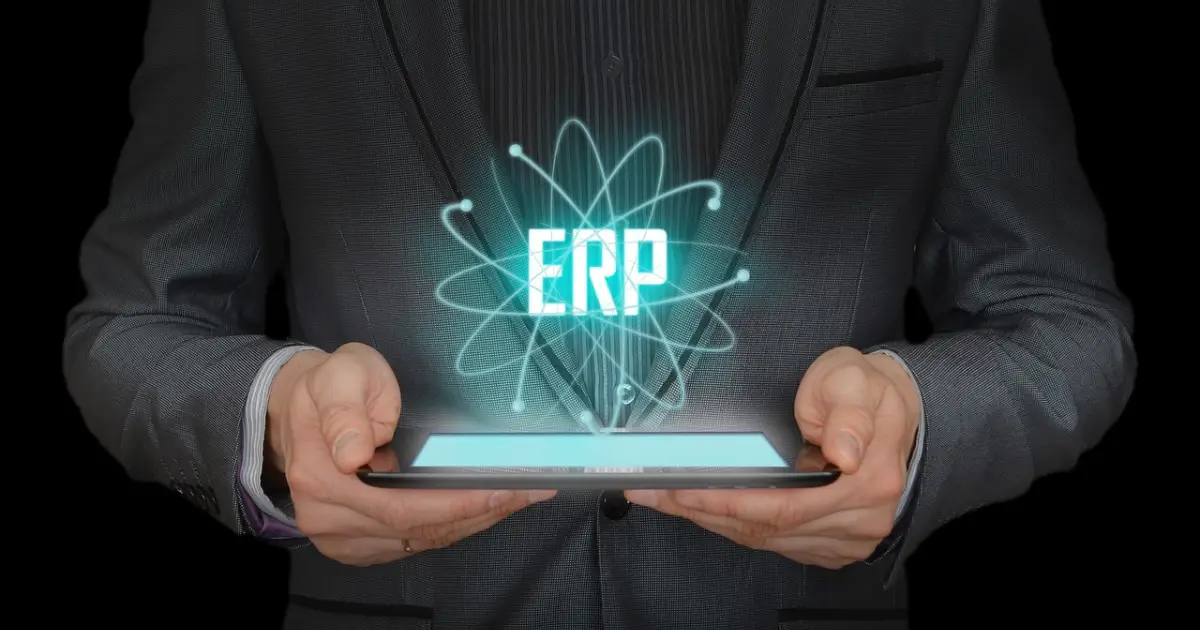focus notes


What technologies and programming languages are required for IoT development? Explaining security and flow
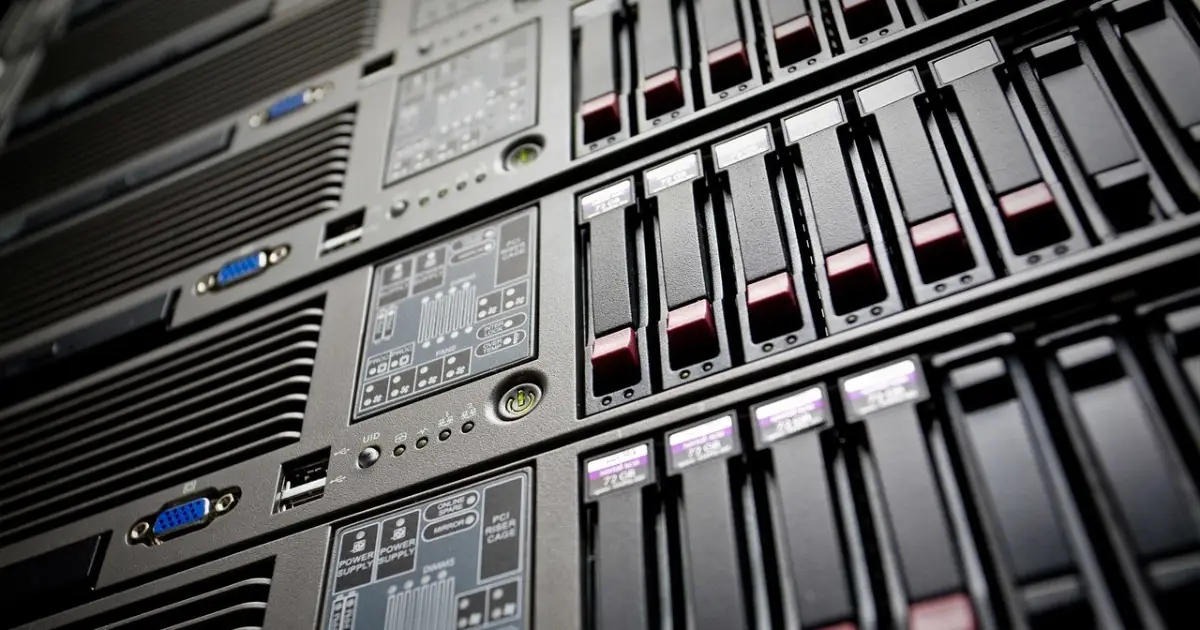
table of contents
"I don't know what is needed to develop IoT."
"I want to know the steps for IoT development."
Some people may have questions or concerns like those above. IoT is a technology that connects things to the Internet and uses the collected data in various ways. During development, data collection and transmission technologies must be implemented.Then, we combine sensors, gateways, etc. to build a system.
However, since the capabilities of sensors and other products (such as data collection methods) vary depending on the product, it is important to choose the one that is best suited to the IoT system you want to realize. To do this, specialized knowledge of IoT is essential. Furthermore, it is also important to know the development procedures and methods to proceed smoothly with development.
This article explains the technologies, things, development flow, and development methods required for developing IoT systems. If you are having trouble with IoT development, please refer to it.
Security and more! Explaining the technologies required for IoT development
There are four main technologies required for IoT development:
- Data Acquisition Technology
- Data transmission technology
- Data storage technology
- Security Technology
Data Acquisition Technology
To develop IoT, you first need data acquisition technology such as sensors and cameras.IoT collects various data and uses it in the most optimal way. Therefore, it is necessary to install sensors, cameras, etc. to collect the necessary data.
During development, we consider the type of data we want to obtain and then attach sensors that can obtain that data. In some cases, we may also attach cameras to obtain video and images.
Sensors and cameras can detect the surrounding environment and the movement of objects. Furthermore, they can convert the detected information into data that a computer can handle. This allows for efficient data collection. When developing IoT, be sure to select sensors and cameras that are appropriate for the data you want to acquire.
Data transmission technology
The development of IoT also requires technology to transmit acquired data via the Internet.The acquired data is collected via the internet on a server or cloud, where it is analyzed and utilized. Internet communication is also required to send instructions to the equipment.
Communication devices that transmit data include IoT devices and IoT gateways. There are two types of communication:
- Wired communication
- Wireless communication
Wired communication is a method of communication between devices connected by communication cables. On the other hand, wireless communication mainly uses radio waves. Since it does not require cables, there are more options for where to install devices, so in some cases wireless communication may be more suitable for IoT.
A communication protocol is also required to transmit data. A communication protocol is a set of rules for computers to communicate with each other. If the communication protocols are different, data cannot be sent or received. By deciding on a communication protocol between IoT devices, servers, and clouds, smooth communication can be ensured.
When developing IoT, choose the communication devices and protocols that best suit your application and usage environment.
Data storage technology
IoT development also requires technology to store collected data.There are three main places where data is stored:
- server
- Cloud
- Edge Computers
With servers, data is stored by physically installing the server at your company or in a data center. The cloud is a virtualized server that can be accessed via the internet. While servers are costly and time-consuming to install, the cloud can be deployed in a short period of time. Because it is easy to expand, the cloud may be more suitable for IoT, where data volumes tend to become huge.
An edge computer is a computer that is installed near an IoT device and stores and processes data. Edge computers can separate data to be sent to servers/clouds from data to be processed by the edge computer. Since data is stored and processed in a location close to the IoT device, the number of times data is sent and received can be reduced. Furthermore, by reducing the time it takes to send and receive data, high-speed processing can be achieved.
When selecting a data storage technology, consider factors such as the cost and time required for implementation, as well as the speed of data processing.
Security Technology
Security technology is also essential for the development of IoT.Because IoT devices are connected to the Internet, they are at risk of being subject to cyber attacks. Cyber attacks can result in damage such as information leaks and device hijacking. In some cases, IoT devices can even be used to attack servers or other services.
Examples of IoT security measures include:
- Two-factor authentication
- Unauthorized access detection
- Abnormal behavior detection
In addition to measures to prevent intrusions from the outside, measures to immediately detect attacks are also necessary. Implement the necessary security measures after assuming various risks.
Explaining what is needed to develop an IoT system
There are six main things required to develop an IoT system:
- sensor
- gateway
- network
- protocol
- Personnel with expert knowledge
- development language
sensor
IoT development requires sensors to acquire data.By incorporating sensors into IoT devices, data can be collected. Typical data that can be acquired by sensors are as follows:
- temperature
- Humidity
- light
- sound
- pressure
- acceleration
- Movement of things
Sensors that detect temperature, humidity, etc. are primarily used to measure changes in the environment. They can be used to monitor the operating status of industrial equipment and detect abnormalities. If sensors that detect light, sound, pressure, etc. are incorporated into smartphones and healthcare devices, they can be used for voice control and vital sign detection. Sensors that detect acceleration and object movement can be used in drive recorders and industrial robots.
gateway
Gateways are also required when developing IoT.A gateway is a device that relays network communications between different devices. The main roles of a gateway in IoT are as follows:
- Relay between IoT devices and servers/clouds
- Transformation of sensor acquired data
- IoT device operation control and monitoring
Some IoT devices do not have the functionality to connect to the Internet. By introducing a gateway, it is possible to communicate with servers and clouds over the Internet. In addition, a gateway can aggregate data acquired by sensors and convert it into a protocol that can be used for communication, enabling smooth communication. It also controls and monitors the operation of IoT devices according to instructions issued by servers and clouds.
Some gateways also have data processing capabilities. If data processing is possible, it is possible to eliminate the need to send and receive data to and from servers or clouds, and to control the operation of devices based on the processed data.
Gateway functions and supported communication protocols vary depending on the product. Compare the features of each product and choose the product that best suits your usage environment and purpose.
network
To develop IoT, it is also necessary to build a network environment.By preparing a network environment, smooth communication and data storage and utilization can be achieved. There are two main types of networks used in IoT:
- Direct communication method
- Device Gateway Method
The direct communication method is a method in which IoT devices and sensors communicate directly with servers and clouds. Devices and sensors are directly connected to the network. It is characterized by a wide communication range because it uses wireless LAN and lines of major telecommunications companies. However, it tends to consume a lot of power, and line usage fees are required, so the cost burden may be large.
The device gateway method is a method in which a gateway relays communications. The data collected by the devices is aggregated and sent to the server/cloud by the gateway. A communication method that consumes less power during connection is used, so operating costs can be kept low. The main communication methods used are as follows:
- Bluetooth
- LPWA
- Z-Wave
- ZigBee
The communication range and communication speed vary depending on the communication method. Power consumption and costs also vary depending on the type of network, so it is important to introduce a network that is suitable for the IoT you are introducing.
protocol
Protocols are also necessary when developing IoT.By deciding on a protocol, various data can be communicated smoothly. There are three main protocols that are commonly used in IoT:
- HTTP(S)
- MQTT
- CoAP
HTTP(S) is a protocol used for websites. It is highly versatile and can send and receive various types of data, including text, audio, and video. It can also exchange large amounts of data. However, devices must be synchronized when communicating, and data cannot be sent or received if they are not synchronized.
MQTT is a protocol that communicates by setting up a relay point called an MQTT broker. It is specialized for sending and receiving small amounts of data, and cannot exchange large amounts of data like HTTP(S). However, it is capable of high-speed communication and communication in an asynchronous state, and excels in real-time data.
CoAP is a lightweight protocol intended for use in IoT. It has a similar mechanism to HTTP(S), but it uses UDP (User Datagram Protocol)*, which enables lightweight and high-speed communication.
*UDP is a type of protocol that allows for rapid data transmission and reception with minimal mechanisms. While it can maintain real-time performance, it tends to be vulnerable to external attacks.
When selecting a protocol, choose the appropriate one based on the type, amount, and real-time nature of the data you will be handling.
Personnel with expert knowledge
When developing IoT, it is also necessary to secure personnel with specialized knowledge.Having people with specialized knowledge will help development proceed smoothly.
Developing IoT requires knowledge of network construction and system programming. If you develop without specialized knowledge, you will not be able to select the optimal equipment or build the network and program. It will be difficult to develop IoT with the desired functions.
If you have personnel with specialized knowledge, you can use that knowledge to select appropriate networks and communication protocols, etc. The design and development of software and applications can also be done smoothly, allowing development to proceed smoothly.
There are two ways to secure human resources: hiring them according to development or outsourcing them. However, hiring and training can take time before they become a valuable asset. On the other hand, outsourcing can secure human resources quickly, but it does require a certain amount of cost.
Consider the cost of securing personnel and the development period, and secure the personnel that is appropriate for your company.
development language
To develop IoT, you also need a development language.A development language is used when developing software or applications. The language used varies depending on the development content and situation, but the following languages are mainly used:
- Java
- C language
- Python
Java is a language used to develop a variety of systems and applications. It has many applications and is also used in IoT.
The C language has a long history among development languages. It is used for control programs for electronic and industrial equipment, and can also be used in IoT. However, it is important to note that programming in C can be complicated.
Python is a versatile development language that allows you to write programs in short lines of code. It has fewer restrictions than Java or C, allowing for more flexible development.
Different development languages have different levels of programming difficulty and strengths. Understand the characteristics of each language and choose the language that is best suited for the IoT system you are developing.
Explaining the process of developing an IoT system
We will explain the process of developing an IoT system in five steps.
- Requirement definition
- Various designs
- development
- test
- Operation
1. Requirement definition
When developing IoT, the first step is to define the requirements.Requirements definition is the process of clarifying what functions you want to include in an IoT system.
Specifically, we will clarify the following:
- The type of data you want to obtain
- How we process your data
- How data is stored
- How to connect to a network
- Security measures
Let's examine the details that have been identified and decide the overall system. Once the requirements are solidified, we will decide the details of what will be done in each phase until the implementation is complete based on those contents.
When defining requirements, it is important to clarify the purpose of introducing the system and what you want to achieve with IoT. If you proceed with development with the purpose and what you want to achieve unclear, you may not be able to develop the IoT you want. At the requirements definition stage, clarify the purpose of the IoT system and the functions you want to include.
2. Various designs
After requirements definition, various designs are carried out.The design is broadly divided into two types:
- External Design
- Internal Design
External design is the design process that defines how an IoT device will interact with its external environment, including determining the device's appearance, size, color, materials, usability, and accessibility.
On the other hand, in the internal design, the programming content is specified in detail based on the contents of the external design. Specifically, the processor, operating system, application software, etc. are decided. By specifying in detail, it will be easier for the person in charge of programming to work on it.
3.development
Once each design is complete, development will begin based on the design content. The main activities will include the following:
- Firmware Development
- Back-end system development
- Front-end Development
Firmware development involves coding firmware that handles the basic operation and control of IoT devices, developing functions for collecting data from sensors, controlling actuators, and developing device sleep modes.
Back-end system development involves developing server-side applications that provide data processing, storage, and analysis functions, as well as user management, device management, and API endpoint configuration.
Front-end development involves creating an intuitive and convenient interface for users, such as dashboard design, responsive design, and real-time data visualization.
However, when programming, it is important to be aware that there may be cases where programming cannot be done according to the design. Proceed with development while checking that there are no discrepancies between the design content and what can be developed.
Four.test
Once development is complete, the system is tested.The test is conducted in three main stages:
- unit test
- Combined test
- Operational test
Unit testing checks the operation of each individual process. If the unit testing is successful, integration testing is carried out to combine multiple processes and check their operation.
Operational testing is the most practical type of testing, as it checks the operation of the system in the actual usage environment. Check whether any system malfunctions or operational anomalies occur.
Five. Operation
Once testing is complete, it will be put into operation.When you start using the system, you will need to register users and configure the system.
After starting operation, please check the operation status of the system regularly to ensure stable operation. Some malfunctions or problems may occur during operation. If performance such as communication speed or processing speed decreases or a malfunction occurs, please respond promptly.
To keep it in good condition, regular updates are also necessary. Of course, it is also necessary to prepare for and monitor cyber attacks. Monitor for suspicious access or activity, and be prepared to take appropriate action in the event of an attack.
Explains methods for developing systems such as IoT
We will explain the following two methods for IoT system development.
- Waterfall Development
- Agile Development
Waterfall Development
Waterfall development is a method of development in which development proceeds from upstream processes to downstream processes.
- Requirement definition
- design
- programming
- test
- Operation/maintenance
We first decide on the necessary functions and system specifications, and then proceed with development based on the requirements definition. Since the entire system is already decided, it is easy to plan and control the quality. Based on a clear requirements definition, we can proceed steadily according to the plan.
However, because a solid plan must be drawn up at the beginning, it is difficult to change the plan during development. Another disadvantage is that the development period tends to be long because one process must be completed before moving on to the next.
Waterfall development is suitable for projects where quality must be guaranteed.
Agile Development
Agile development is a methodology that allows development to proceed quickly and corrections and changes to be made as needed.
Function A | Function B | Function C | Function D |
1. Requirement definition | 1. Requirement definition | 1. Requirement definition | 1. Requirement definition |
2. design | 2. design | 2. design | 2. design |
3. development | 3. development | 3. development | 3. development |
Four. test | Four. test | Four. test | Four. test |
Five. release | Five. release | Five. release | Five. release |
*In agile development, it is common to develop each function simultaneously.
The above five steps are repeated for each function, during which the system specifications are changed or revised. Since plans and specifications can be changed flexibly, the system can be polished during development. However, the disadvantage of being able to change freely is that it is difficult to manage the schedule and progress.
Agile development is well suited to projects where requirements are prone to change.
summary
When developing IoT, you should first understand the necessary elements and things. Select the appropriate sensors, gateways, etc. to build the IoT system you want.
It is also necessary to secure personnel with IoT expertise. If planning and design are not done based on expertise, you may not be able to develop the system you want. Understand the items and procedures required for development, and proceed with development in an appropriate manner based on expertise. If you are having trouble with IoT development, please feel free to contact us.
Achievements left behind
48 years since its establishment.
We have a proven track record because we have focused on what is important.
It has a long track record in both the public and private sectors.
Number of projects per year
500 PJ
Annual number of business partners/customers
200 companies
Maximum number of trading years
47 years
Total number of qualified persons
1,870 people


